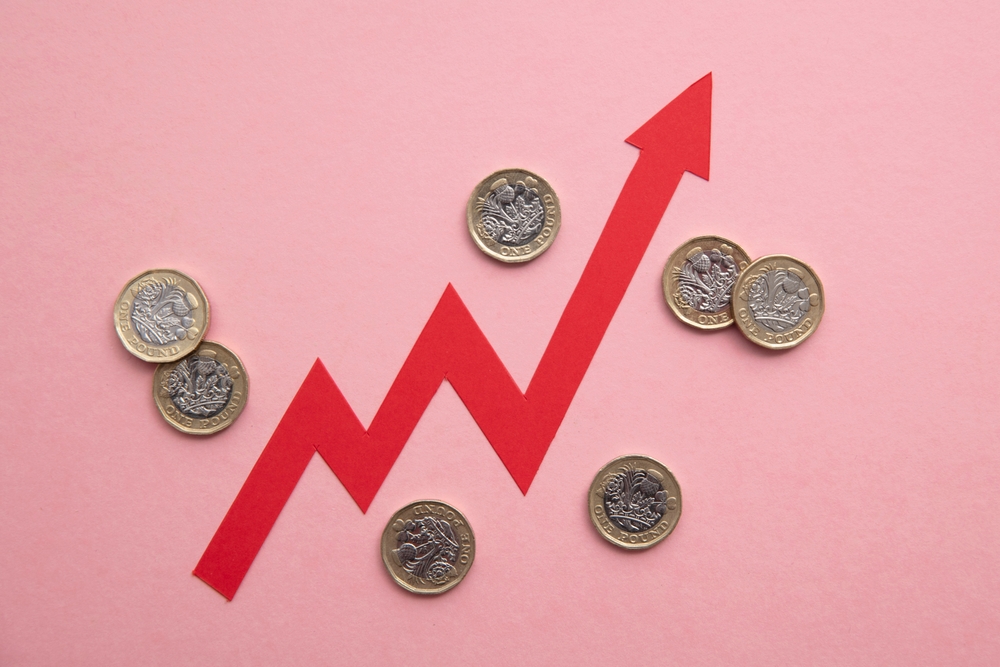News
First Direct doubles Regular Saver interest rate to 7%

Starting Thursday 1 December, First Direct is joining those raising the rates on customers’ savings, doubling what it pays on its Regular Saver Account from 3.5% to 7%.
As with most of the recent increases on savings interest, conditions apply. The account is only available for existing First Direct 1st Account customers. New, non-First Direct customers who want the rate will need to open a 1st Account and then open a Regular Saver. Both new and existing customers must apply for the account online.
You have to keep the money in the account for a full year without withdrawals. The 7% interest would be paid in a lump sum after 12 months.
Existing holders of a Regular Saver account will automatically switch to the higher rate beginning Thursday. Account holders can save between £25 and £300 a month. (First Direct was offering people £175 to switch from other banks under certain conditions.)
First Direct: ‘Customers earn a market-leading 7%’
Chris Pitt, the First Direct chief executive, said: “We are committed to giving savers a good return on their money, particularly in the context of the increases in the cost of living and the current high inflation environment.
“Our Regular Saver Account allows customers to add to their savings regularly while earning a competitive interest rate, market-leading at 7%. This allows customers to build up a savings pot gradually, while receiving a best-buy return on this.”

Wellness and wellbeing holidays: Travel insurance is essential for your peace of mind
Out of the pandemic lockdowns, there’s a greater emphasis on wellbeing and wellness, with
Sponsored by Post Office
The First Direct move follows word that HSBC would hike its rate on Regular Saver accounts from 1% to 5% starting 1 December. Other lenders including the Leeds Building Society and the Nationwide Building Society will also bump up their rates this week.
The trend follows a move by the Bank of England which increased its lending rates by 0.75 percentage points to 3% as it battled runaway inflation and a recession, causing lenders to charge higher rates to borrowers.